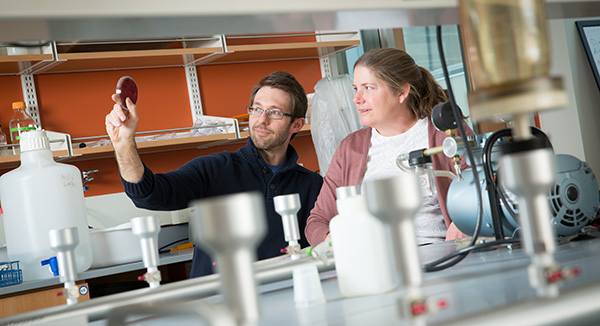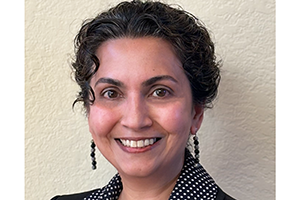
Research from the University of Wisconsin-Milwaukee suggests that sampling a city’s sewage can tell scientists a great deal about its residents – and may someday lead to improvements in public health.
UWM researchers – with colleagues at the Marine Biological Laboratory in Woods Hole, Massachusetts – wanted to know whether the bacteria found in sewage was similar to that in the gastro-intestinal tracts of people living in the community.
In theory, public health and water quality scientists could monitor the appearance of a virus or other health problems before they became widespread.
The bacteria in a person’s gut, called their microbiome, can be an indicator of their health – but sampling thousands of individuals to determine a community’s health is prohibitively expensive. Using municipal sewage would enable public health officials to look at entire cities at once, but researchers needed to know whether it would give an accurate picture.
Using CDC data for comparison, UWM researchers determined the bacteria in sewage samples could differentiate between the leanest and most obese cities with almost 90 percent accuracy. Earlier research had shown a relationship between a person’s microbiome and weight.
The UWM study found the most common microorganisms in residents were also the most common in sewage, said Ryan Newton, a visiting professor at UWM’s School of Freshwater Sciences.
5 leanest cities studied by UWM
Steamboat Springs, Colorado
Bedford Hills, New York
Bozeman, Montana
Denver, Colorado
Marathon Key, Florida
5 most obese cities studied by UWM
St. Joseph, Missouri
Cowlitz County, Washington
Wise County, West Virginia
Salinas, Kansas
Pendleton, Oregon
(Milwaukee was tied with Yukon, Oklahoma, for ninth most obese city in the study.)
That could lead to the use of large-scale sewage testing to determine what may be happening to the health of a city’s population. In theory, Newton said, public health and water quality scientists could monitor the appearance of a virus or other health problems before they became widespread.
“With a random sampling of thousands to millions of people, we can start looking at how microbiomes differ among human populations according to their demographics,” said UWM’s Sandra McLellan, co-principal investigator on the project, which was funded through a $1.5 million grant from the National Institutes of Health.
Using lab facilities at UWM, researchers looked at sewage samples from 71 cities and counties in 31 states. While there are many variations in bacteria among individuals, the scientists found that in sewage samples, with thousands of people clumped together, the bacterial communities had fewer differences.
They also compared the sewage samples to a composite of microbiomes from 137 individuals, contributed by the Human Microbiome Project. That “average” microbial community was more like a sewage sample than any individual’s microbiome, confirming they were on the right track, Newton said.







